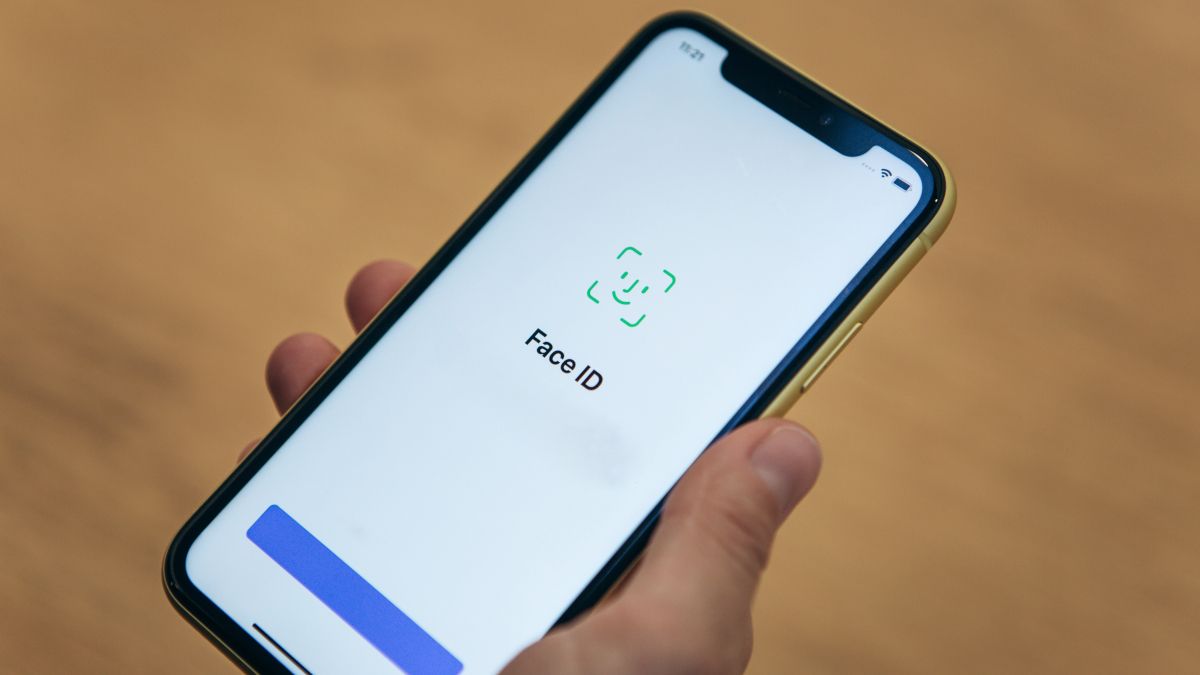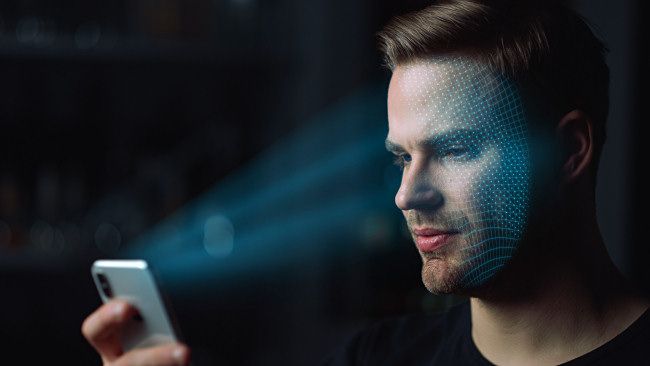Quick Links
Certain models of Apple iPhone and iPad include an authentication feature called "Face ID," which uses a special camera on the front of your device to verify your identity. But why do we need Face ID, and how does it work? We'll explain.
What Is Face ID?
Face ID is a facial recognition system first introduced on the iPhone X in 2017. On iPhones without a Home button, Face ID replaced Touch ID as a form of biometric security. Face ID first appeared in iPads with the third-generation iPad Pro in 2018. Your Face ID information is stored encrypted on your device and is not accessible by Apple or any other company.
Face ID is handy because it eliminates the need to tap in a passcode to unlock your device, and in many cases, also eliminates the need to enter passwords using the on-screen keyboard. Instead, your iPhone or iPad allows you to prove your identity just by looking at your device.
To set up Face ID, visit Settings and tap "Face ID & Passcode," then select "Set Up Face ID." Your iPhone or iPad will learn the shape of your face, and you'll be able to use it to unlock your device and authorize purchases and logins later.
How Does Face ID Work?
Face ID uses a special module that projects over 30,000 points of infrared light onto your face, which are invisible to the human eye. A special infrared camera on the surface of your iPhone or iPad then reads the pattern reflected back, which is unique for every individual.
Face ID stores this pattern in a special encrypted module in your device that Apple calls the "Secure Enclave," so that it can't be accessed by anyone except the device's owner while Face ID is in use. The next time you log in with Face ID, your device compares the scan of your face with this stored pattern, and if it matches, your device will unlock.
If the person holding the iPhone or iPad doesn't match the Face ID data, your device will not unlock. Apple has safeguards in place to make sure that a still photo of a person will not unlock your device. After five unsuccessful scans, you'll need to enter your passcode to unlock your iPhone or iPad.
Which Apple Devices Support Face ID?
As of April 2022, all iPhones without home buttons support Face ID. Also, several models of iPad do as well. Here is a current list, which will likely grow in size as Apple releases new device models in the future.
iPhone
- iPhone 13 Pro Max
- iPhone 13 Pro
- iPhone 13 mini
- iPhone 13
- iPhone 12 Pro Max
- iPhone 12 Pro
- iPhone 12 mini
- iPhone 12
- iPhone 11 Pro Max
- iPhone 11 Pro
- iPhone 11
- iPhone XS Max
- iPhone XS
- iPhone XR
- iPhone X
iPad
- iPad Pro 12.9-inch (4th generation)
- iPad Pro 12.9-inch (3rd generation)
- iPad Pro 11-inch (2nd generation)
- iPad Pro 11-inch
Can You Use Face ID With a Mask?
Since the COVID-19 pandemic began in 2020, the wide use of face masks has interfered with Face ID. With part of your face obscured by a mask, Face ID traditionally cannot verify your identity.
However, in 2022 with the iOS 15.4 update, owners of the iPhone 12, 13, or higher can use Face ID with a mask if they turn on "Face ID with a Mask" in Settings > Face ID & Passcode. Instead of recognizing your entire face, it focuses on the area around your eyes. Stay safe out there!


